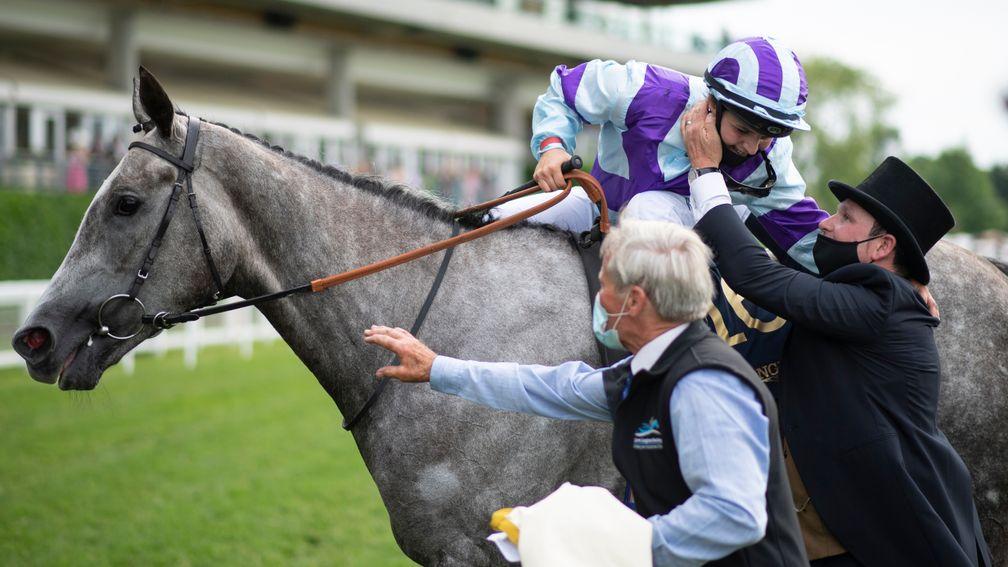How Royal Ascot's expansion has brought more trainers and jockeys to the party

Dilution. That’s the fear many people have when it comes to the expansion of major race meetings, as in the debate over whether the Cheltenham Festival should grow further to become a five-day event.
In the case of Royal Ascot, however, which has expanded from 30 to 35 races since the last pre-pandemic meeting in 2019, it is possible to say there has been an element of democratisation that outweighs any dilution in quality.
There have been some differences in the make-up of the last two meetings (there were 36 races in 2020, for instance, before the number settled back to 35 last year, making an additional race each day) but the essential element is that the extra races are all handicaps and they have brought wider opportunities for trainers and jockeys who might not otherwise get on the scoreboard at the royal meeting.
Read the full story
Read award-winning journalism from the best writers in racing, with exclusive news, interviews, columns, investigations, stable tours and subscriber-only emails.
Subscribe to unlock
- Racing Post digital newspaper (worth over £100 per month)
- Award-winning journalism from the best writers in racing
- Expert tips from the likes of Tom Segal and Paul Kealy
- Replays and results analysis from all UK and Irish racecourses
- Form study tools including the Pro Card and Horse Tracker
- Extensive archive of statistics covering horses, trainers, jockeys, owners, pedigree and sales data
Already a subscriber?Log in
inComment
- Unsavoury shunning of Callum Shepherd makes no sense whatsoever, he deserved his shot at Derby glory
- The whole shape of the Irish Flat season is being defined by one man only - and even his main targets lie elsewhere
- Analysis: Flutter and 888 have enjoyed contrasting fortunes but they still have things in common
- Only a baby step but an important one if racing is to keep some of its David v Goliath moments
- There are so many great betting opportunities on Saturday - here are my best bets including a very strong Curragh fancy
- Unsavoury shunning of Callum Shepherd makes no sense whatsoever, he deserved his shot at Derby glory
- The whole shape of the Irish Flat season is being defined by one man only - and even his main targets lie elsewhere
- Analysis: Flutter and 888 have enjoyed contrasting fortunes but they still have things in common
- Only a baby step but an important one if racing is to keep some of its David v Goliath moments
- There are so many great betting opportunities on Saturday - here are my best bets including a very strong Curragh fancy